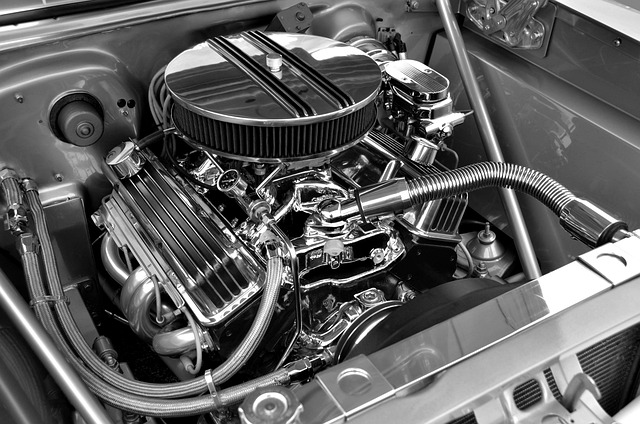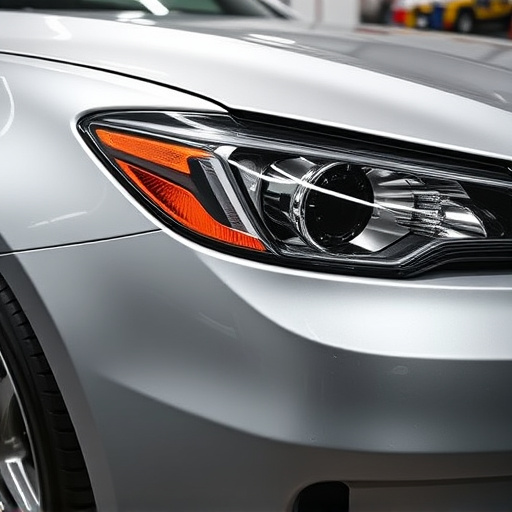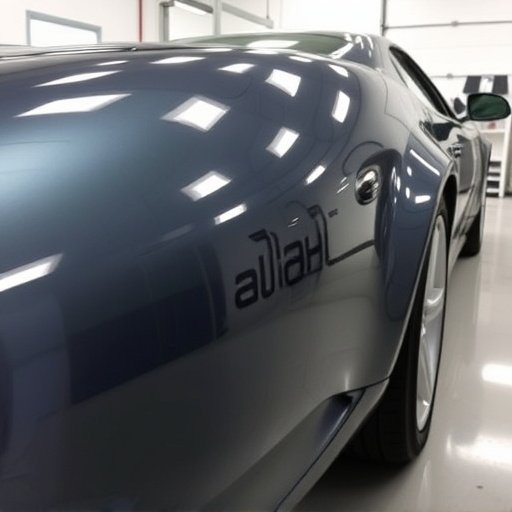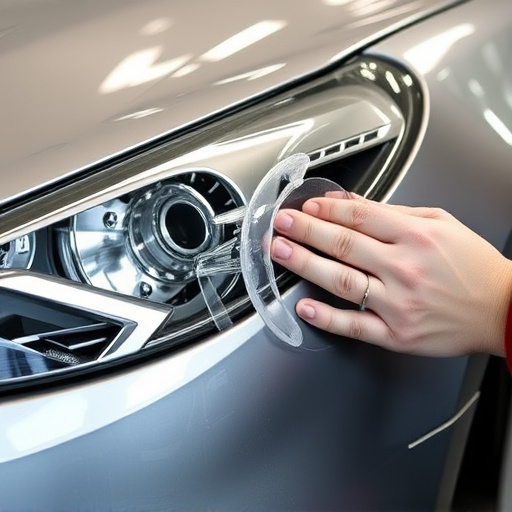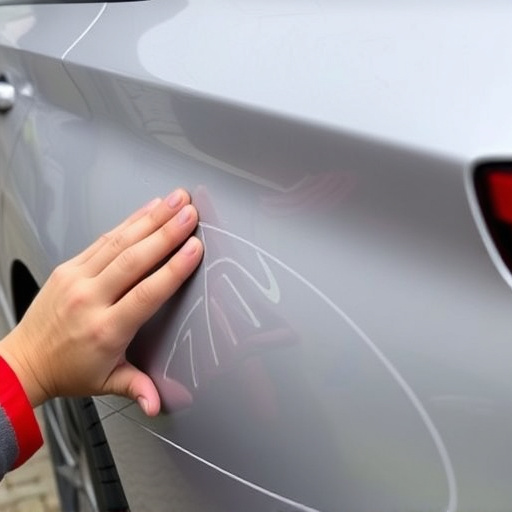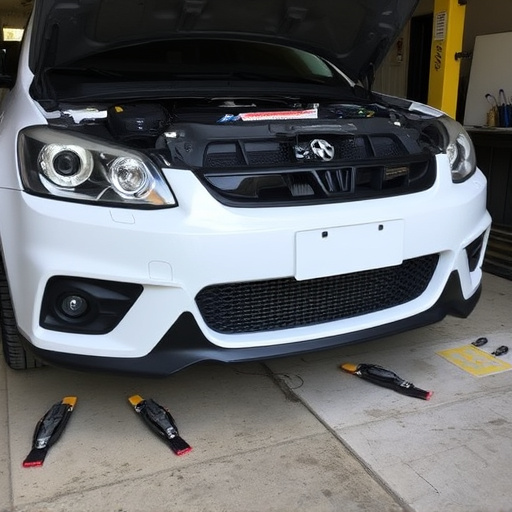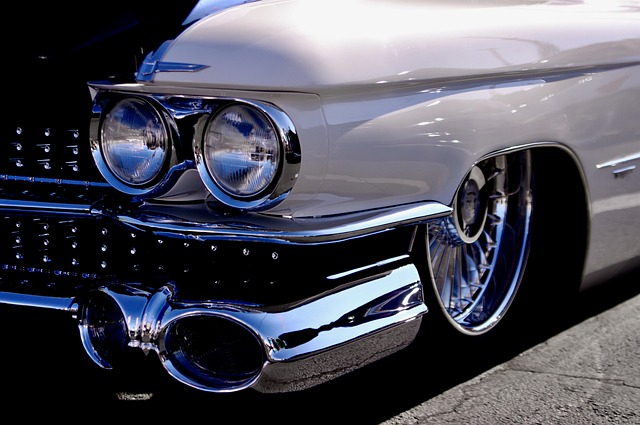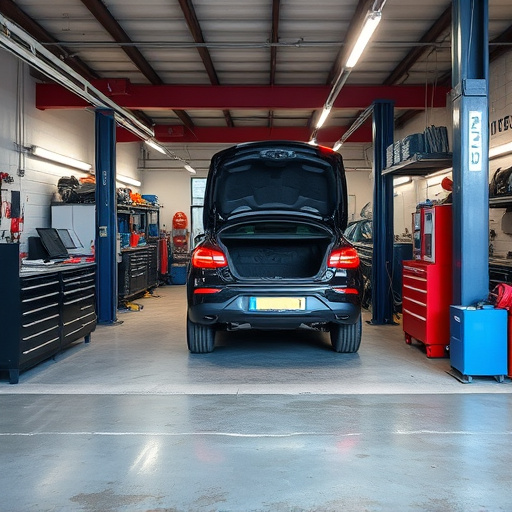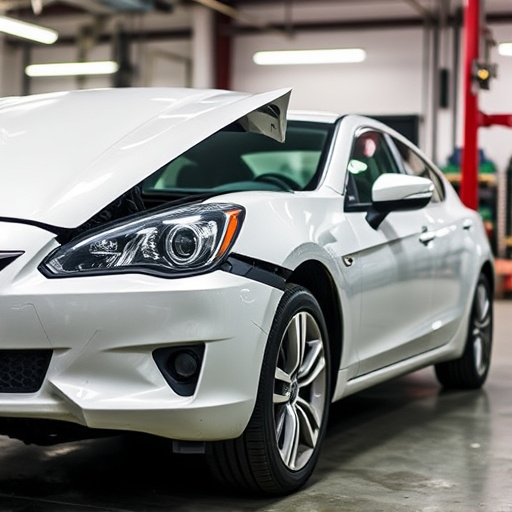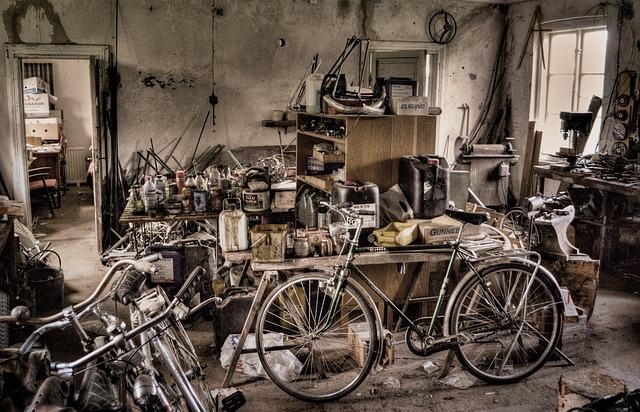Preserving originality is key in vintage vehicle collision repairs, aiming to maintain historical value and authentic character. Restorers balance modern techniques with preserving original aesthetics, addressing challenges like scarce parts and meticulous detail work for body repair and paint. The process starts with a detailed assessment, followed by cleaning, using accurate parts, restoring structural elements, and regular maintenance to safeguard the unique charm of these classic cars from future collisions.
In the realm of vintage vehicle preservation, collision repairs present a unique challenge. Maintaining originality is paramount to keeping these classic cars true to their historical integrity. This article delves into the significance of preserving a vintage vehicle’s authenticity during collision repairs, exploring the challenges and offering a comprehensive step-by-step guide to ensure success. By understanding these considerations, folks can foster accurate restoration, respecting the vehicle’s past while enhancing its future.
- Understanding the Significance of Originality in Vintage Vehicle Repairs
- Challenges and Considerations During Collision Repair Process
- Strategies for Preserving Authenticity: A Step-by-Step Guide
Understanding the Significance of Originality in Vintage Vehicle Repairs
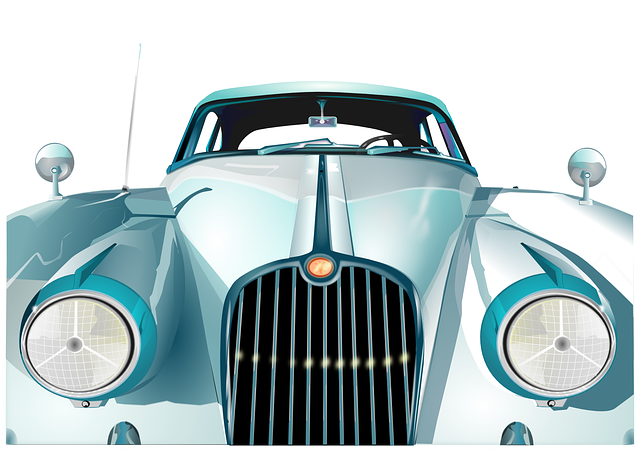
Preserving originality is a key aspect of vintage vehicle collision repairs, as it goes beyond simply fixing damaged parts to maintain the car’s authentic character and historical value. Each classic vehicle has its own unique story and aesthetic, reflecting the era in which it was produced. When a vintage car experiences a collision, the goal should be to restore it to its former glory while ensuring every detail aligns with its original specifications. This meticulous approach demands a deep understanding of the vehicle’s make and model, as well as an appreciation for the craftsmanship that went into its initial creation.
For instance, consider a 1960s Mercedes-Benz repair. The process involves not just replacing dented panels or fixing mechanical issues but also accurately replicating the original finishes, trim, and design elements. Skilled technicians employ specialized techniques like hand-planing and custom mixing of paints to match the vehicle’s age-appropriate aesthetics. Similarly, in dent removal, the focus should be on minimizing alterations to preserve the integrity of the vehicle body repair, ensuring that every curve and contour remains faithful to its vintage form.
Challenges and Considerations During Collision Repair Process
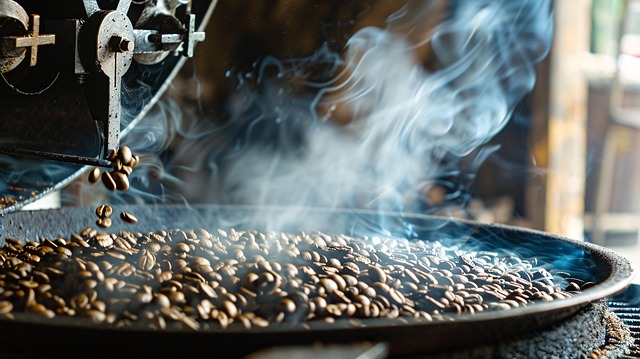
The journey to restore a vintage vehicle to its former glory comes with unique challenges and considerations. Collision repairs for these classic cars demand a delicate balance between modern restoration techniques and preserving their original aesthetic. One of the primary hurdles is finding replacement parts that accurately match both the make, model, and year of the vehicle. The scarcity of genuine parts often pushes restorers towards aftermarket alternatives, which may impact the final finish and authenticity.
Additionally, car body repair on vintage vehicles requires meticulous attention to detail. Any misalignment or incorrect fitting can expose the car’s history and compromise its original integrity. Likewise, car paint repair needs to be approached with caution to maintain the vehicle’s period-correct color and finish. Skilled restorers must possess a deep understanding of the car’s construction, often using specialized tools and methods to ensure every detail is preserved or accurately replicated during the collision repair process.
Strategies for Preserving Authenticity: A Step-by-Step Guide
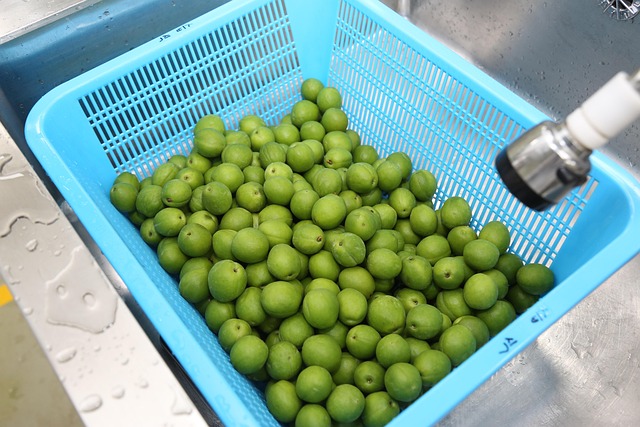
Preserving authenticity during vintage vehicle collision repairs is an art that combines skill, patience, and a deep understanding of the car’s history. Before beginning any repair work, it’s crucial to assess each component for its significance to the car’s overall character and originality. This process involves meticulous inspection and documentation of pre-existing conditions.
A step-by-step guide for preserving authenticity can start with a thorough cleaning to uncover hidden damage. Then, use original or carefully matched parts for repairs, prioritizing non-structural elements first. For structural components, consider restoring instead of replacing. Auto detailing plays a vital role in the final stage, as it helps to bring out the car’s vintage charm while ensuring its historical integrity remains intact. Regular auto maintenance practices can also aid in long-term preservation, keeping the vehicle safe from future collisions and maintaining its unique character.
Preserving the originality of vintage vehicles during collision repairs is an art that combines meticulous craftsmanship and a deep appreciation for automotive history. By understanding the unique challenges and implementing specific strategies, restorers can ensure these classic cars remain true to their original state. Adhering to authentic parts sourcing, careful documentation, and precise restoration techniques not only enhances the vehicle’s value but also safeguards its place in automotive heritage. When approached with diligence, vintage vehicle collision repairs can be a delicate dance between restoring a car to its former glory and respecting its timeless essence.

